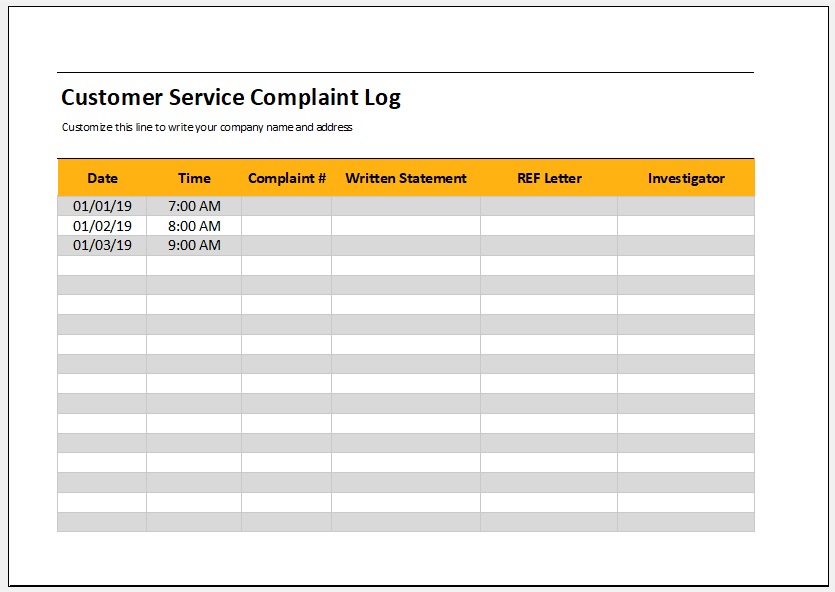Best Practices for Documenting and Tracking Customer Complaints

Best Practices for Documenting and Tracking Customer Complaints: Turning Negatives into Positives
Customer complaints are an unavoidable part of any business. While they can be frustrating, they also offer invaluable insights into your operations and customer experience. Effectively documenting and tracking these complaints is crucial for improving customer satisfaction, building brand loyalty, and ultimately, boosting your business.
Here are some best practices for effectively documenting and tracking customer complaints:
1. Establish a Clear Complaint Handling Process:
- Define clear channels: Create specific channels for customers to lodge complaints, such as email, phone, or online forms. Ensure these channels are easily accessible and clearly communicated.
- Assign responsibilities: Designate specific individuals or teams to receive, handle, and resolve complaints. This ensures accountability and efficient complaint management.
- Set response time goals: Implement clear Service Level Agreements (SLAs) that define the timeframes for acknowledging and resolving complaints.
2. Document Every Complaint Thoroughly:
- Gather all relevant information: Record details like the customer’s name, contact information, date and time of complaint, product or service involved, and a clear description of the issue.
- Record the customer’s perspective: Document the customer’s feelings and experiences in their own words. This provides valuable context for understanding the problem.
- Include internal notes: Record internal notes about the actions taken, communication with the customer, and the resolution process.
3. Use a Standardized Complaint Tracking System:
- Choose a suitable system: Opt for a system that allows for easy data entry, efficient tracking, and provides clear visibility into the complaint lifecycle. This could be a dedicated customer relationship management (CRM) system, a spreadsheet, or a dedicated complaint management software.
- Categorize complaints: Classify complaints by product, service, department, or issue type to identify recurring trends. This can help identify areas for improvement.
- Monitor complaint trends: Regularly analyze the data to identify patterns and emerging issues. This allows for proactive problem-solving and continuous improvement.
4. Encourage Customer Feedback and Transparency:
- Offer a feedback mechanism: Provide customers with an opportunity to share their feedback after resolving a complaint. This allows for further understanding of their experience and ensures satisfaction.
- Maintain transparency: Keep customers informed about the status of their complaint and the resolution process. This fosters trust and builds positive relationships.
- Acknowledge and apologize: Even if the complaint is not fully resolved, acknowledge the customer’s concerns and apologize for any inconvenience caused. This shows empathy and builds goodwill.
5. Implement Continuous Improvement:
- Analyze complaint data: Use the insights gained from complaint data to identify areas for process improvement, product development, or customer service training.
- Share learnings: Share the insights from complaint analysis with relevant teams to foster collaborative improvement initiatives.
- Track the impact of changes: Measure the effectiveness of implemented changes and continuously improve your complaint management system.
By implementing these best practices, you can transform customer complaints from a negative experience into a valuable opportunity for growth and improvement. By listening to your customers, taking proactive steps, and demonstrating a commitment to customer satisfaction, you can build stronger relationships, improve your products and services, and ultimately, foster a thriving business.

